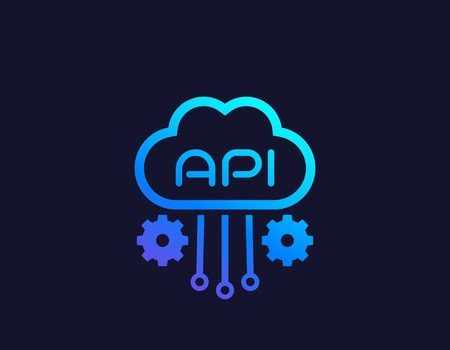What does it actually take to design a great API product? For sure, it takes a lot of work to be proficient at software architecture. But thankfully, up-and-coming API designers have part of their work cut out for them in the form of popularly upheld API design patterns.
For those unfamiliar with API design patterns, they are a catalogue of design standards, plus best design practices, that an API team can use. They can be thought of as falling under software design, which refers to the architecture of code written specifically to solve a problem.
Software design patterns, like those used for APIs, can be adapted over and over for similar software problems. Therefore, API design patterns can be thought as schemes to solve common API design-related challenges. They come in a shared language that you and your fellow developers can use amongst yourselves.
Design according to these standards while using a reliable API Design, Planning & Modeling Tool, and see for yourself how they’ll benefit your API’s development. Here are four of the most useful API design patterns that are in practice today.
Proper Naming Conventions for URIs
An API made in the representational state transfer (RESTful) architectural style uses what are called Uniform Resource Identifiers, or URIs, to organize resources. The principle behind URI nomenclature is to clearly convey the URI’s purpose, whether it’s to access a document, collection, store, or controller. Some additional best practices associated with naming URIs include:
- Using nouns instead of verbs, as the resource always refers to a thing and not an action
- Denoting hierarchical relationships with forward slashes
- Adding hyphens to URIs for better readability
- Removing file extensions on URI to streamline them and make them look more trustworthy
- Using the URI’s query component to filter or limit resources in order to find the exact ones that users want
Use of the Correct HTTP Methods
RESTful APIs also have longstanding conventions for HTTP methods, which are verbs. GET, POST, PUT, PATCH, and DELETER denote specific ways of handling the API’s data. This API design pattern calls for you to know when to use which.
The important thing here is to never mix states. For example, GET should always be used for retrieving data from a specific resource. POST, in turn, should be used for sending data to the API’s server. It should never be vice-versa. Messing with this well-established standard for RESTful API design will just give you and your developers a major headache.
Use of Service Layers
In API design, service layers are interfaces that provide methods other clients can use. A service layer does not necessarily have to be a class. It can also take the form of publicly exposed functions.
Service layers can also be particularly useful to those designing APIs. They can allow an API designer to test the application’s logic without interfering in its access.
Establishing Data Validation Rules
This design pattern is meant to verify whether the value of a data item is in line with the API’s acceptable values. To know whether the value is acceptable, you’ll need to establish a set of validation rules for all data that the system will process.
Take the example of APIs designed for ecommerce. An API for ordering products must not allow the user to input 0 in the field for product quantity. A site with an age restriction for access must ask the users for their age, and not allow a value below that. Don’t forget that all instances of the rules being broken merit their own error message to be sent to the user.
These are just four immensely practical API design patterns that developers can adapt for themselves. Adhering to these, plus others that your fellow API designers have released, will help you in creating a solid, functional, and user-friendly API product. Be confident about your API design process, as you’ve got a number of tools and blueprints at your disposal.




Leave a Reply